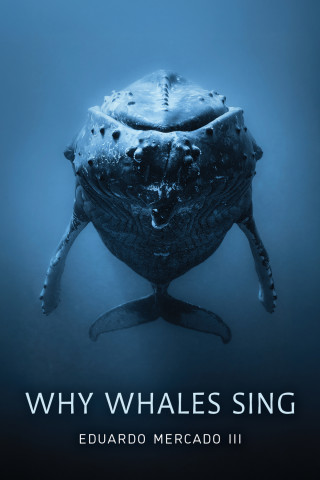
Reviews
Color photographs and detailed black-and-white illustrations will aid the layperson looking for basic information, but the extensive references speak to this volume's research value.
If you want to get serious about starfish, this book is a must for you.
Offers a comprehensive review of their biology and ecology. It perfectly integrates the research conducted during the past decades, updating the still-quoted synthesis of Hyman (1955), and complimenting the serial ‘Echinoderm Studies’ that was last published in 2001... It will be interesting to the widest audience, and is definitively an invitation to a compelling reading.
This scholarly volume will be most useful to researchers on echinoderm biology and teachers of marine invertebrate biology... Recommended.
A valuable source of information on sea stars... Useful for all who deal with studies of sea stars.
This book provides both very useful general knowledge on the class of Asteroidea and a very comprehensive understanding of the biology and the ecology of starfish through detailed properties of structure and function... [It] will be particularly useful for students and teachers, and is really welcome in our overspecialized world.
Book Details
Contributors
Preface
Part I: Comparative Biology and Ecology
Chapter 1. Phylogeny of the Asteroidea
Chapter 2. The Asteroid Arm
Chapter 3. Functional Biology of Asteroid Tube Feet
Chapter 4. Reproduction in
Contributors
Preface
Part I: Comparative Biology and Ecology
Chapter 1. Phylogeny of the Asteroidea
Chapter 2. The Asteroid Arm
Chapter 3. Functional Biology of Asteroid Tube Feet
Chapter 4. Reproduction in Asteroidea
Chapter 5. Asteroid Evolutionary Developmental Biology and Ecology
Chapter 6. Larval Ecology, Settlement, and Recruitment of Asteroids
Chapter 7. Ecological Role of Sea Stars from Populations to Meta-ecosystems
Chapter 8. Chemistry and Ecological Role of Starfish Secondary Metabolites
Chapter 9. Steroids in Asteroidea
Part II: Integrative Biology
Chapter 10. Astropecten
Chapter 11. Luidia
Chapter 12. Odontaster validus
Chapter 13. Acanthaster planci
Chapter 14. Oreaster reticulatus
Chapter 15. Heliaster helianthus
Chapter 16. Pisaster ochraceus
Chapter 17. Asterias amurensis
Chapter 18. Leptasterias polaris
Chapter 19. Coscinasterias
Chapter 20. Echinaster
References
Index





